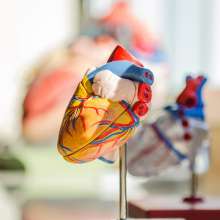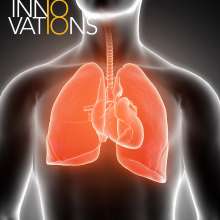Stress response occurs almost immediately, within seconds. But it takes the body much longer to de-stress and calm down.
Notes:
- Data are for stress hormone induced heart rate increases resulting from sympathetic nervous system arousal. Exercise induced increases do not have the same effect.
- Stress hormone induced performance and strength increases can achieve 100% of potential maximum within 10 seconds, but only drop 55% after 30 seconds, 35% after 60 seconds, and 31% after 90 seconds.
It takes a minimum of 3 minutes of rest to “recharge” the system. That means stress response is immediate. But it takes efforts and time for the body to de-stress. - Any extended period of relaxation after intense sympathetic nervous system arousal can result in a parasympathetic backlash with significant drops in energy level, heart rate and blood pressure.
This may show up as shock symptoms - dizziness, nausea and/or vomiting, paleness, clammy skin - and/or profound exhaustion.
Heart beats in beats per minute
Effects of heart rate increases due to stress (not induced by exercise)
Above 175 bpm
- Irrational fighting or fleeing
- Freezing
- Submissive behaviour
- Vasoconstriction (= reduced bleeding from wounds)
- Voiding of bladder and bowels
- Gross motor skills (running, charging, etc.) at highest performance level
175 bpm: Cognitive processing deteriorates
- Loss of peripheral vision (tunnel vision)
- Loss of depth perception
- Loss of near vision
- Auditory exclusion (tunnel hearing)
155 bpm: complex motor skills deteriorate
115-145 bpm: optimal survival and combat performance level for:
- Complex motor skills
- Visual reaction time
- Cognitive reaction time
115 bpm: fine motor skill deteriorates
60-80 bpm: normal resting heart rate Effects of hormone induced heart rate increase



